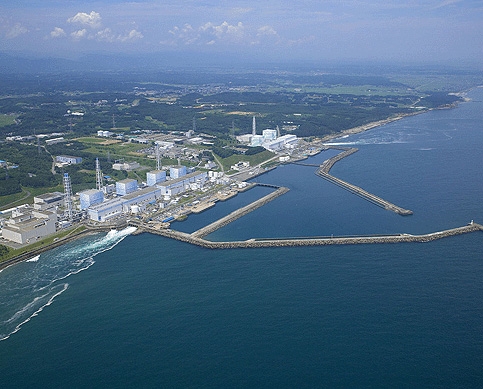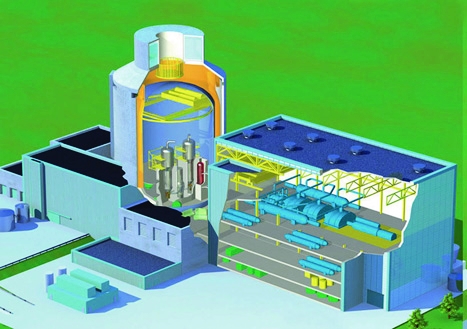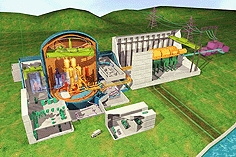
Japan’s ongoing nuclear crisis has inevitably led to questions over the wisdom of putting nuclear generation at the heart of our future energy mix.
With all but one of the UK’s 10 existing nuclear power stations due to come out of service by 2023, plans to build 8 new nuclear reactors are seen as critical in ensuring a secure supply of energy.
But a series of explosions and fears of a possible meltdown at Japan’s Fukushima nuclear power plant have prompted many to call for a rethink on nuclear power. Public confidence in nuclear energy - which has been slowly recovering since the 1986 Chernobyl disaster - is also likely to plunge.
Against the backdrop of the catastrophic events in Japan however, it’s important to remember that nuclear power is neither riskier nor safer than it was this time last week, and the circumstances here in the UK are very different.
The two candidates for the UK’s new reactor fleet - Areva’s EPR reactor and the Westinghouse AP1000 - are quite unlike the 40 year old Hitachi boiling water reactor at Fukushima. Both boast a range of safety features, and critically don’t require diesel generators to keep coolant flowing through the core in the event of a shutdown. It appears that the crisis at Fukushima was triggered by the failure of these generators.
What’s more, although major earthquakes aren’t beyond the realms of possibility, the UK doesn’t face anywhere near the same risks as Japan which sits on the so-called “Pacific Ring of Fire” and experiences over 1000 earthquakes per year. According to a 2005 DEFRA study, published in the wake of the 2004 Boxing Day Tsunami (you can read it here) the risks of a Tsunami hitting the UK coastline are correspondingly low.

The decision to press ahead with Sizewell B in 1987 wasn’t derailed by Chernobyl, and it’s unlikely that the events in Fukushima will have a major impact on the UK’s current nuclear roadmap. Although with the reactors not yet in the design phase, there’s still plenty of time to incorporate lessons from Fukushima, whatever they may be.
Away from the geologically benign shores of the UK however, the impact on industry is less clear. New nuclear build is at the heart of a large number of country’s energy plans, many of which, such as China, India, Indonesia and Turkey have a history of seismic activity. And these countries plans will now come under increasing levels of scrutiny.

The sequence of events and failures that have prompted Japan’s nuclear crisis read like the improbable storyline of a disaster movie. But they happened. And they should serve as a reminder that if nuclear power is to take an ever more central role in global energy generation no risk, however unlikely, should be considered too small to worry about. Industry must prepare for the unpredictable.




Report highlights significant impact of manufacturing on UK economy
I am not convinced that the High Value Manufacturing Centres do anything to improve the manufacturing processes - more to help produce products (using...